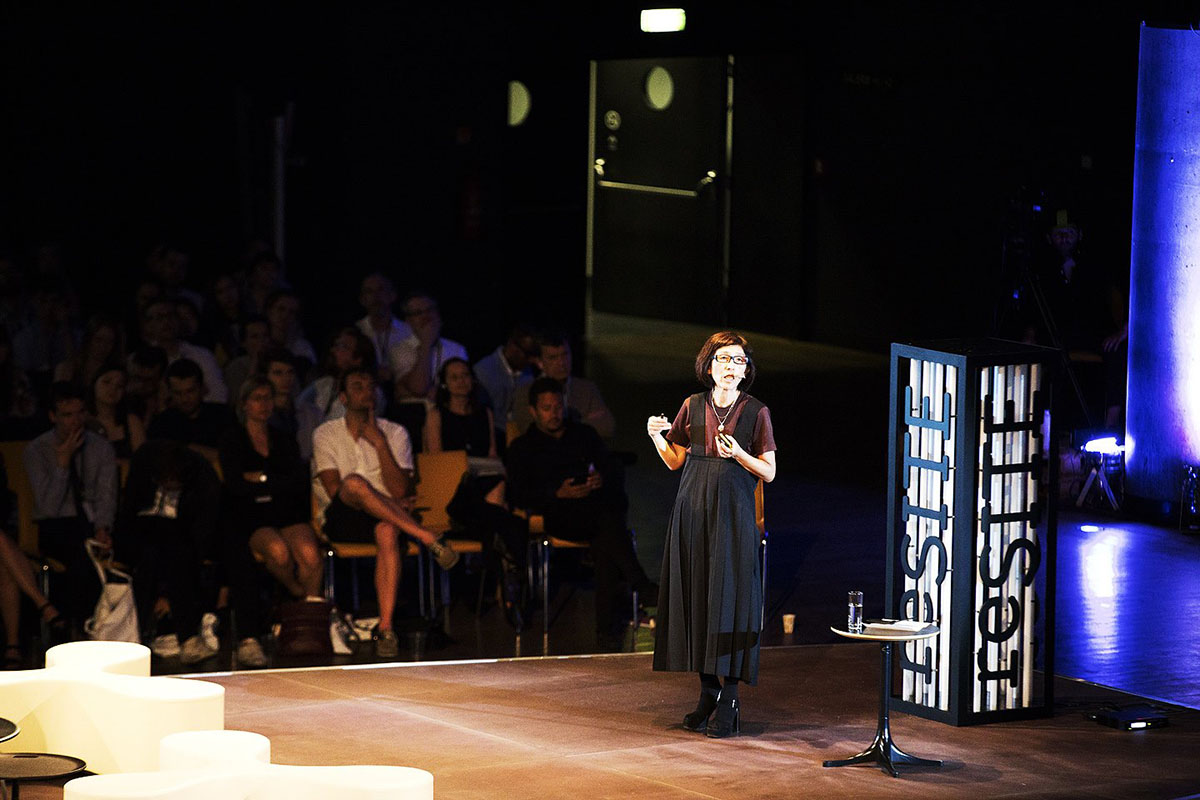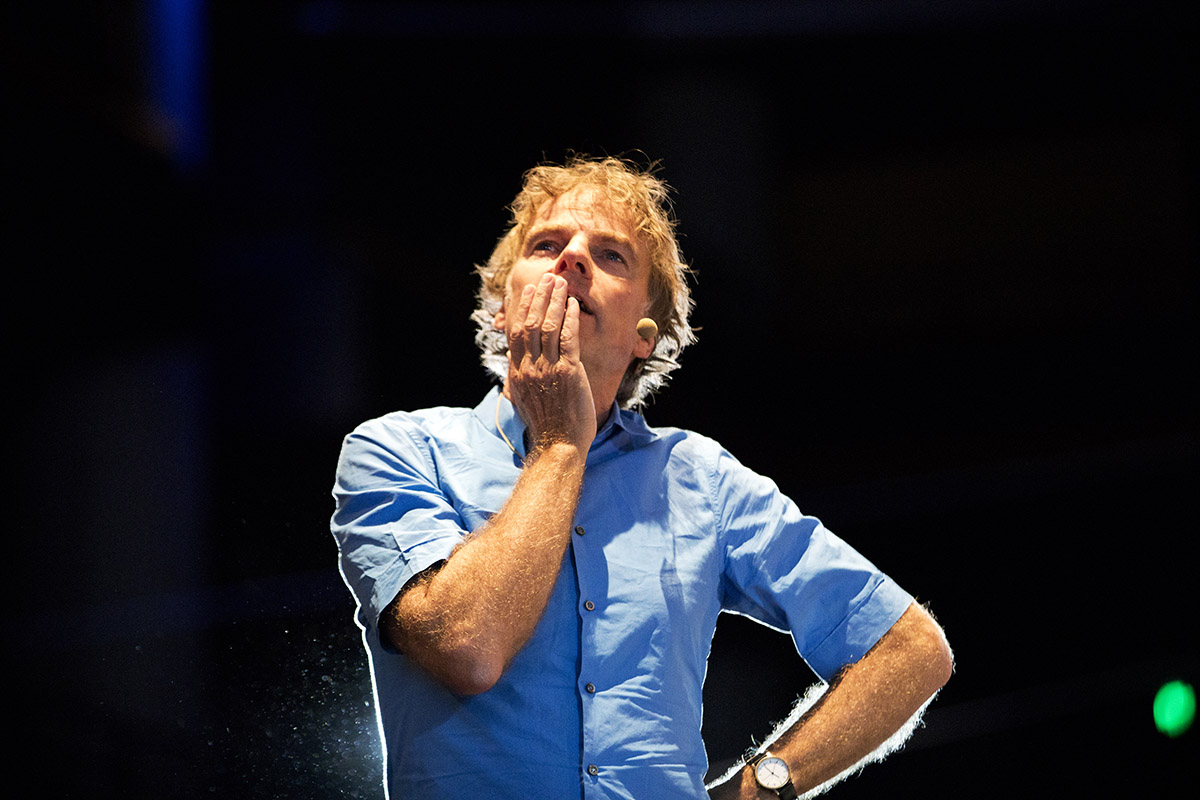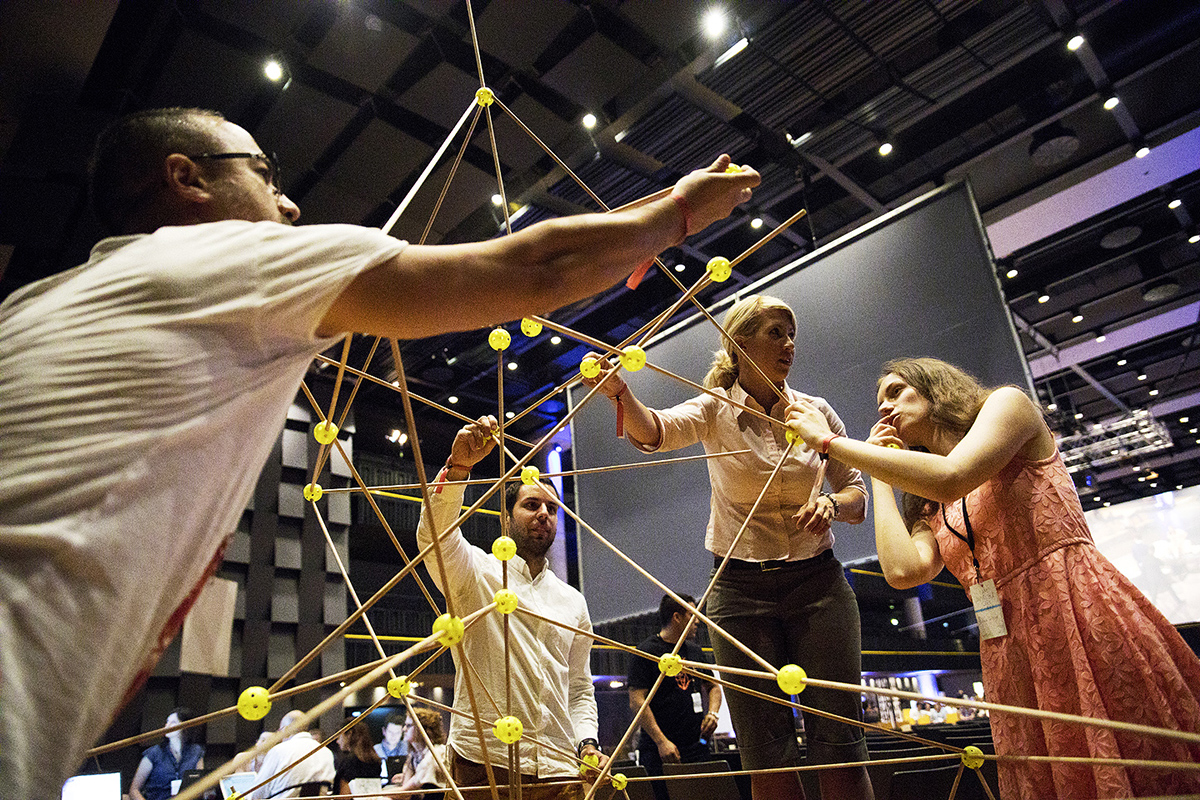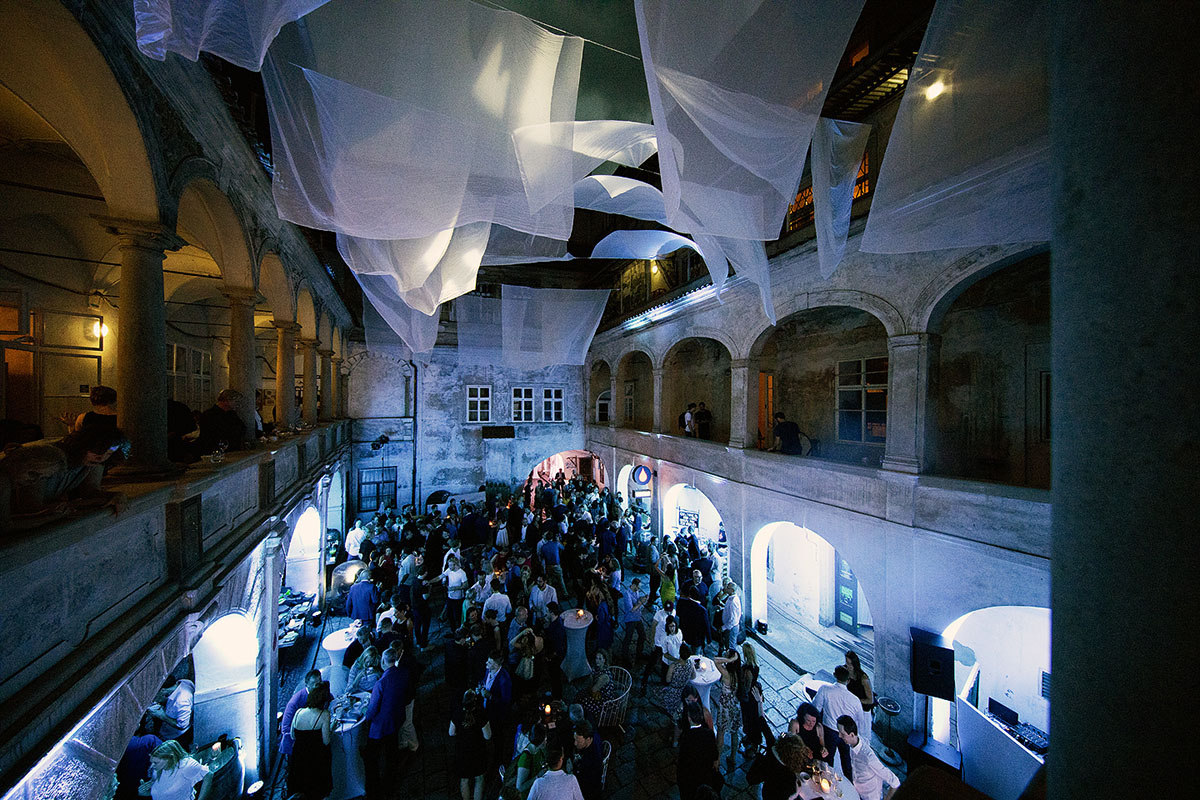Submitted by WA Contents
reSITE 2017: the Future of Cities Depends on Innovative, New Infrastructure
Czech Republic Architecture News - Jun 29, 2017 - 14:59 18209 views

reSITE 2017 has ended up after many long discussions, sessions and propelling dialogues to search for alternatives and new strategical tools for In/visible City - basically means 'for a usable infrastructure'. Over one thousand visitors attended reSITE 2017: In/visible City that took place on June 22-23 in Prague, reported reSITE for this year's festival.
Architects, municipal leaders, planners and investors represented in the audience were blown away by the lectures of the universally heralded Kazuyo Sejima from SANAA, Deputy Mayor of Paris Jean-Louis Missika and the inspiring and visionary Winy Maas from the envy of the architecture world, MVRDV.
World Architecture Community is media partner for this year's reSITE and World Architecture Community has broadcasted a number of keynote addresses and sessions throughout the event.
The Mayor of Prague opened the second day: "We will use data platforms to plan the city more efficiently."
"Although focused on infrastructure, the conversation wasn’t (only) about concrete and tubes. Our sustainable future relies on the use and sharing of data, new models of private-public partnerships, quality open space, innovation and soft infrastructure – social networks, human talent and the cultural platforms for innovation and creativity. To improve the quality of life for the next generation, we need to invest in green infrastructure, flexible design, multifunctional transit hubs that all feed the creative and cultural sector that make cities alive and magnetic," stated by reSITE.

Martin Barry, founder of reSITE. Image © Tomas Princ
Martin Barry’s emotional opening address defined reSITE’s sixth event as a generational statement. Paraphrasing Michael Bloomberg, Barry demanded that "Cities need to be cool, competitive and in control – the infrastructure topic is mainly about controlling our future. We must use design as a tool for our children’s children, and we must do it for our cities to be competitive, and cool."
The Mayor of Paris’ right hand Jean-Louis Missika presented one of the most ambitious urban projects of the 21st century, Réinventer Paris. He said that "the future is driven by local authorities, small-scale projects and innovation."
He highlighted the importance of putting the user at the center of the process and how disruptive, temporary architecture can generate excitement and other productive activities. An ambassador of sharing, he stated that "data about commuting, logistics and energy needs to be shared in the future. It’s a question of life or death for cities."
Rui Ramos-Pinto Coelho from Invest Lisboa considers soft infrastructure the most complex part in developing a city. "A big part of our success was about investing in invisible, or soft infrastructures: partnerships, incentives, and hundreds of small projects that brought curb-cut effect to Lisbon."
The importance of collaboration and innovation was highlighted across all presentations. The private, public and civic sector need to come together to be bold in order to tackle the challenges of the future. The point was made repeatedly that there is no other alternative.

Kazuyo Sejima of SANAA. Image © Tomas Princ
Innovation, flexibility and multi-functionality in design were emphasized during this year's conference. Kazuyo Sejima, the event’s most highly anticipated guest from Tokyo-based SANAA walked the fascinated audience through her most recent projects – the word "buildings" doesn’t seem fit to describe her architecture when speaking of places like the Lausanne Rolex learning center, Grace farms and Louvre-Lens.
"We wanted to create a space where people can easily meet and communicate. We’ve tried to make continuity between the building and the park. Maybe this is the way how to innovate, mix galleries with the surroundings," she explained to a packed house at the Forum Karlin.

Caroline Bos from UNStudio. Image © Tomas Princ
Dutch architect and infrastructure expert Caroline Bos from UNStudio went beyond the sustainability concept when she spoke about cities that have to be future-proof: "We have to make sure we work in adaptable ways. Resiliency comes from creating adaptability. Collecting shared intelligence is sometimes the only way to understand if a project is viable or not."
A city with a circular mobility system can replace excess infrastructure with housing and green spaces – this is her advice on how to deal with the legacy from the past, converting it to create a better path for the future.

Winy Maas of MVRDV. Image © Tomas Princ
Dutch superstars were on full display at reSITE. Winy Maas brought the audience to a dream-like state, stressing the big picture and connections that have peripheral and catalytic impacts – those that are physical as well as social and economic.
"We try to make connections everywhere. So we can stitch the city together. Don’t think in blocks. Don’t think in buildings. Think connectivity."

Mastermind is on the stage for reSITE 2017. Image © Tomas Princ
Maas went seamlessly between architecture dreams and fantasy to reality. A seemingly simple thing like his external staircase at Stationsplein, outside Rotterdam Central Station had an activating, unpredictable impact that they couldn’t imagine. Infrastructure is activating not only mobility, but also a destination. This is why dreaming is extremely important as projects can take 5 to 7 years to come to fruition.
Winy Maas underlined that architects cannot stay out of political questions. Politics is making cities and we need to engage in that – urban policy and politics are the new democracy.

Teddy Cruz, Professor of Public Culture and Urbanization in the Department of Visual Arts at the University of California and co-founder of Estudio Teddy Cruz + Forman. Image © Tomas Princ
During the final keynote lecture, Teddy Cruz inspired the (still) full audience to think of the city as "a political project." We have to reinvent the government, as collaborative and inclusive, he said.

View from a workshop at the reSITE 2017. Image © Tomas Princ
Two dozen guided tours to Prague’s infrastructure were organized around the conference. Well over 1000 additional visitors explored the tubes, tunnels, smells, lights and darkness of Prague’s water and waste management systems, metro depot and urban furniture warehouse; a guided NightSeeing TM tour with Leni Schwendinger.

reSITE 2017 In/Visible Party. Image © Tomas Princ
reSITE 2017 party in the renaissance courtyard of Bokovka was the most successful evening event. During the dinner a successful art auction of the Invisible Heart, a neon statue by Studio Najbrt, has been organized to fundraise for reSITE’s activities.
reSITE 2018 will celebrate its seventh year on June 21-22, 2018 in Prague's Forum Karlin with the new theme and speakers.
Top image: Martin Barry is on the stage. Image © Alexandra Siebenthal
> via reSITE